Home>Dining>Tableware>How To Clean Stainless Steel Silverware
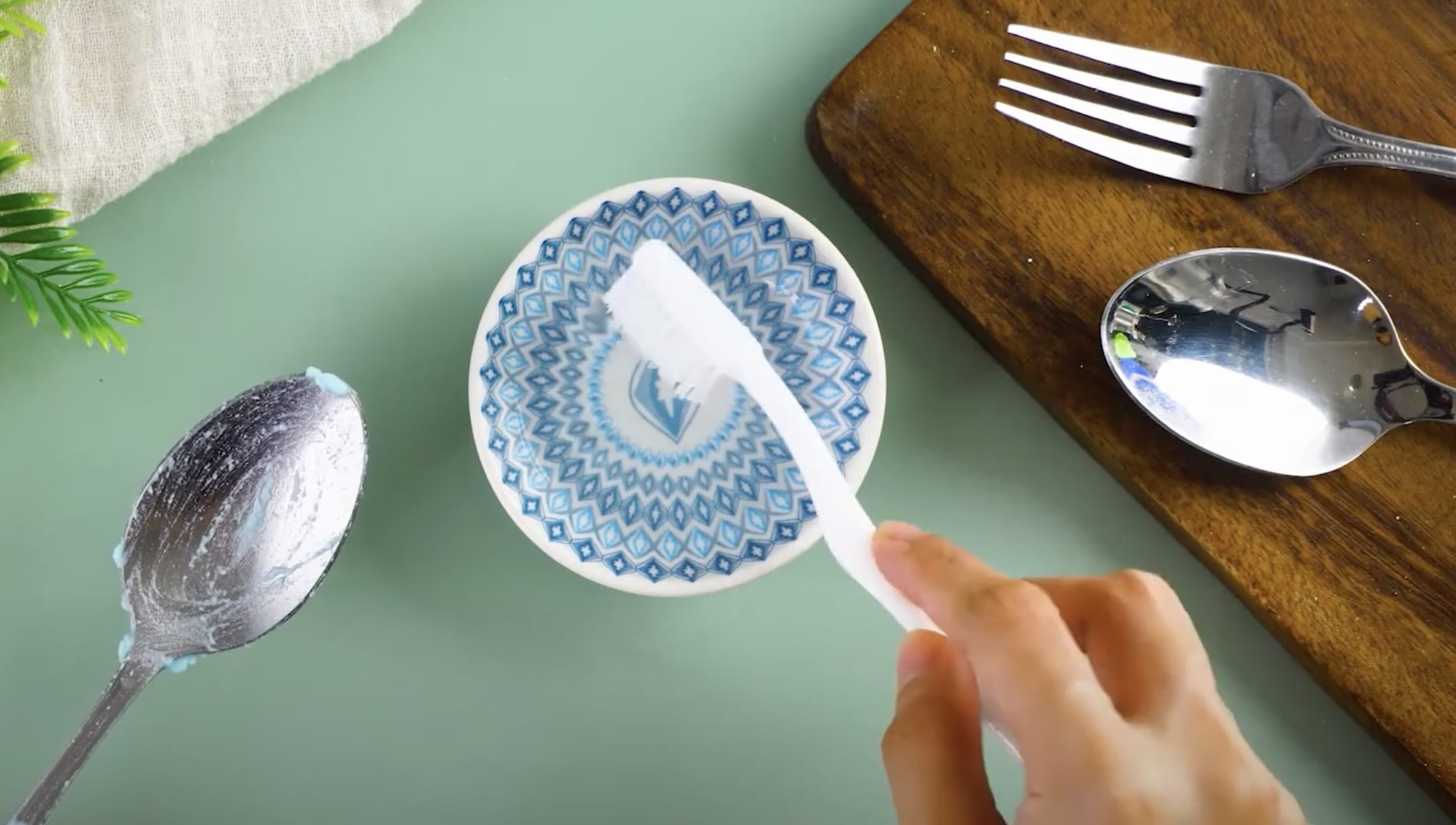

Tableware
How To Clean Stainless Steel Silverware
Modified: August 28, 2024
Learn how to properly clean your stainless steel tableware to keep it looking shiny and spotless. Find step-by-step instructions and tips to maintain the beauty of your silverware.
(Many of the links in this article redirect to a specific reviewed product. Your purchase of these products through affiliate links helps to generate commission for Storables.com, at no extra cost. Learn more)
Introduction
Welcome to the world of stainless steel silverware! The elegance and durability of this tableware make it a popular choice for households and restaurants alike. Whether you’re hosting a dinner party or simply enjoying a meal at home, clean and sparkling silverware adds a touch of class to any table setting.
However, over time, stainless steel silverware can lose its shine and develop stubborn stains. That’s where proper cleaning techniques come into play. In this article, we will guide you through the process of effectively cleaning your stainless steel silverware, ensuring that it remains in pristine condition for years to come.
Before diving into the cleaning process, it’s important to understand the nature of stainless steel silverware. Stainless steel is a corrosion-resistant alloy consisting of iron, chromium, and other trace elements. This composition gives it remarkable strength and durability, making it resistant to rust, tarnish, and staining.
Despite its name, stainless steel is not completely immune to stains and discoloration. Factors such as exposure to acidic foods, hard water deposits, and improper care can dull the shine and leave unsightly marks on your silverware. Therefore, regular cleaning and proper maintenance are crucial for preserving its aesthetic appeal.
Now that you have a good understanding of the basics, let’s gather the necessary cleaning supplies to begin the process.
Key Takeaways:
- Proper maintenance and cleaning of stainless steel silverware, using gentle techniques and natural cleaning agents like baking soda and vinegar, can ensure its longevity and pristine condition for years to come.
- Regular inspection, gentle handling, and proper storage are essential for preserving the shine and beauty of stainless steel silverware, making it a timeless and elegant addition to any table setting.
Read more: How To Clean Stainless Steel Sink Stains
Understanding Stainless Steel Silverware
Stainless steel silverware is a type of flatware made from a high-grade alloy known as stainless steel. This material is chosen for its durability, resistance to corrosion, and aesthetic appeal. Unlike pure silver or silver-plated silverware, stainless steel silverware does not require frequent polishing to maintain its shine.
Stainless steel silverware is available in various grades, with the most common being 18/10 and 18/8. The numbers represent the percentages of chromium and nickel present in the alloy. The higher the numbers, the more resistant the silverware is to staining, rust, and corrosion.
One of the key advantages of stainless steel silverware is its versatility. It can be used for both casual and formal dining occasions. Its sleek, modern design blends well with any table setting, whether it be a family dinner or an elegant dinner party.
Another benefit of stainless steel silverware is its ease of maintenance. Unlike silverware made of other materials, stainless steel silverware is dishwasher-safe. However, handwashing is recommended to preserve the shine and longevity of your silverware.
Stainless steel silverware is not only practical but also eco-friendly. It is a sustainable choice as it can be recycled and reused without losing its qualities. Additionally, stainless steel is non-reactive, meaning it does not transfer metals or flavors to the food being served.
While stainless steel silverware is known for its durability, it is not completely invulnerable to damage. Scratches and dents can occur when silverware comes in contact with hard surfaces or when mishandled. To minimize the risk of damage, it is advisable to store the silverware in a drawer with individual compartments or to use a utensil holder to keep them separate.
Now that you have a better understanding of stainless steel silverware, let’s move on to gathering the cleaning supplies needed for maintaining its shine and cleanliness.
Gathering Cleaning Supplies
Before we delve into the process of cleaning stainless steel silverware, it’s crucial to gather all the necessary cleaning supplies. Having the right tools and products on hand will make the task much easier and more effective. Here are the essential items you’ll need:
- Mild Dish Soap: Look for a gentle, non-abrasive dish soap to avoid scratching the surface of your silverware. Opt for a formula that is specifically designed for stainless steel.
- Soft Cleaning Cloth: Choose a soft, lint-free cloth or a microfiber cloth for wiping and polishing your silverware.
- Soft-Bristled Brush: A soft-bristled brush, such as a toothbrush or a dedicated silverware brush, will come in handy for cleaning hard-to-reach areas and removing debris.
- Baking Soda: This common household item is a natural abrasive that can help remove stains and restore the shine of your silverware.
- Vinegar: White vinegar is a versatile cleaning agent that can effectively remove stains and limescale from stainless steel.
- Lemon Juice: The acidity of lemon juice makes it an excellent natural cleaner for tackling stubborn stains and tarnish on stainless steel silverware.
- Olive Oil: A small amount of olive oil can be used as a final step to add a layer of shine and protection to your silverware.
Once you have gathered these supplies, you’re ready to embark on the journey of cleaning and maintaining your stainless steel silverware. With the right tools at your disposal, you can ensure that your silverware stays sparkling and beautiful for years to come.
In the next section, we will guide you through the process of cleaning your stainless steel silverware step by step, helping you achieve the best results.
Cleaning Stainless Steel Silverware
Now that you have all the necessary cleaning supplies, let’s dive into the step-by-step process of cleaning your stainless steel silverware:
- Preparation: Start by filling your sink or a basin with warm water. Add a few drops of mild dish soap and agitate the water to create a soapy solution.
- Soaking: Place your stainless steel silverware in the soapy water and let it soak for a few minutes. This will help loosen any dirt or food particles stuck on the surface.
- Scrubbing: Using a soft-bristled brush or a toothbrush, gently scrub each piece of silverware, paying close attention to any crevices or hard-to-reach spots. This will help remove any remaining debris and stains.
- Rinsing: Thoroughly rinse each piece of silverware under running water to remove any soap residue.
- Drying: Pat dry each piece of silverware with a soft cloth to prevent water spots or mineral deposits from forming. Ensure that the silverware is completely dry before storing or using it.
If your stainless steel silverware still has stubborn stains or tarnish, you can try the following additional steps:
- Baking Soda Paste: Create a paste by mixing baking soda with a small amount of water. Apply the paste to the stained areas and gently scrub with a soft cloth or brush. Rinse and dry thoroughly.
- Vinegar or Lemon Juice: Moisten a cloth with white vinegar or lemon juice and rub it onto the stained areas. Let it sit for a few minutes before rinsing and drying.
Remember to always use gentle motions and avoid using abrasive cleaners or scrubbers, as they can damage the surface of your silverware.
Once your stainless steel silverware is clean and dry, you can move on to the next step: restoring its shine and maintaining its pristine condition. We will explore this process in the next section.
To clean stainless steel silverware, use a mild dish soap and warm water to hand wash. Dry immediately with a soft cloth to prevent water spots and stains. Avoid using abrasive cleaners or scrubbers to prevent scratching the surface.
Removing Stubborn Stains
Despite your best efforts, some stains on stainless steel silverware may prove to be more stubborn than others. If you’re facing tough stains that regular cleaning methods couldn’t remove, don’t worry! There are a few effective techniques you can try to tackle those stubborn marks:
- Baking Soda Paste: Create a paste by mixing baking soda with a small amount of water. Apply the paste to the stained areas and let it sit for a few minutes. Gently scrub using a soft cloth or brush, focusing on the stained spots. Rinse thoroughly and dry the silverware.
- Vinegar Soak: Fill a container with equal parts water and white vinegar. Place the stained silverware into the solution, making sure they are fully submerged. Let the silverware soak for 15-30 minutes. Remove the silverware, rinse it thoroughly, and dry it with a soft cloth.
- Lemon Juice: Squeeze fresh lemon juice onto a soft cloth and rub it onto the stubborn stains. Allow the lemon juice to sit on the stains for a few minutes before rinsing and drying the silverware.
- Commercial Stainless Steel Cleaner: If the above methods don’t yield the desired results, you can try using a commercial stainless steel cleaner specifically designed for removing stains. Follow the instructions on the product and remember to thoroughly rinse and dry the silverware afterwards.
It’s important to note that when dealing with stubborn stains, it may require some patience and multiple attempts to completely remove them. Avoid using harsh chemicals or abrasive scrubbers, as they can damage the surface of your silverware. Take your time, be gentle, and persist in your efforts, and you’ll likely see the desired results.
Now that you’ve successfully removed the stubborn stains, it’s time to focus on maintaining the shine of your stainless steel silverware. We’ll explore some techniques to keep your silverware looking its best in the next section.
Read more: How To Clean Stainless Steel Outdoor Grill
Maintaining the Shine
Now that you have cleaned your stainless steel silverware and removed any stubborn stains, it’s important to maintain its shine and keep it looking its best. Follow these tips to ensure your silverware remains in pristine condition:
- Handwashing: While stainless steel silverware is dishwasher-safe, handwashing is recommended for optimal maintenance. Wash your silverware with warm water and a mild dish soap, using a soft cloth or sponge. Avoid using abrasive scrubbers or harsh chemicals that can scratch the surface.
- Drying: After washing, thoroughly dry your silverware with a soft cloth or towel. This helps prevent water spots and mineral deposits from forming on the surface. Avoid air-drying as it can lead to watermarks and streaks.
- Polishing: If you want to enhance the shine of your silverware, you can polish it occasionally using a stainless steel cleaner or a small amount of olive oil. Apply the cleaner or oil with a soft cloth, rubbing gently in circular motions. Wipe off any excess and buff the silverware to a brilliant shine.
- Storage: Proper storage is essential to prevent scratches and damage to your silverware. Keep your silverware in individual slots in a utensil tray or use a fabric-lined drawer organizer. This helps to prevent them from rubbing against each other during storage.
Additionally, avoid storing stainless steel silverware with rubber bands or in plastic bags, as they can cause discoloration. Keep your silverware in a cool, dry place, away from exposure to moisture, chemicals, and direct sunlight.
Regular maintenance is key to preserving the shine and longevity of your stainless steel silverware. By following these simple steps, you can ensure that your silverware remains in excellent condition for years to come.
Before we conclude, let’s explore a few additional tips and precautions to keep in mind when handling your silverware.
Tips and Precautions
When it comes to cleaning and maintaining your stainless steel silverware, here are some helpful tips and precautions to keep in mind:
- Avoid using abrasive cleaners or scrubbing pads on your silverware, as they can scratch the surface. Stick to soft cloths, sponges, or gentle brushes to clean your silverware.
- If you notice any discoloration or pitting on your silverware, avoid using bleach or chlorine-based cleaners, as they can further damage the stainless steel. Stick to mild dish soap, vinegar, or lemon juice for cleaning.
- Avoid prolonged exposure to acidic foods, such as tomato sauce or citrus fruits, as they can cause pitting or staining on the silverware. Rinse your silverware promptly after each use to remove any acidic residues.
- Avoid using silver polish or silver brushes on your stainless steel silverware. These products are designed for traditional silverware and can damage the stainless steel surface.
- If your silverware has wooden or plastic handles, take extra care to avoid submerging them in water for long periods. Instead, wash them separately and dry them thoroughly to prevent moisture damage.
- If your silverware has decorative or intricate designs, use a soft-bristled brush or a cloth to clean those areas gently. Pay attention to crevices and hard-to-reach spots to ensure a thorough cleaning.
- Regularly inspect your silverware for any signs of damage, such as loose handles or bent tines. Repair or replace any damaged pieces to maintain the overall integrity of your silverware set.
By following these tips and taking necessary precautions, you can ensure that your stainless steel silverware remains beautiful and functional for years to come. Now it’s time to reflect on what we’ve learned.
Conclusion
Cleaning and maintaining your stainless steel silverware is essential to preserve its shine, beauty, and longevity. By following the right techniques and using the proper cleaning supplies, you can keep your silverware looking as good as new.
Throughout this article, we explored the process of cleaning stainless steel silverware, step by step. From understanding the nature of stainless steel silverware to gathering the necessary cleaning supplies, we covered it all. We learned how to remove stubborn stains using items like baking soda, vinegar, and lemon juice. Additionally, we discussed the importance of maintaining the shine through proper drying, polishing, and storage practices.
Remember to handle your silverware with care, avoiding abrasive cleaners or scrubbers that can damage the surface. Regularly inspect your silverware for any signs of damage or wear and promptly address any issues that arise. By taking these precautions and following the recommended cleaning methods, your stainless steel silverware will continue to impress your guests and enhance your dining experiences for years to come.
So, go ahead and bring out your stainless steel silverware with confidence, knowing that you have the knowledge and tools to keep it in impeccable condition. Whether it’s a casual family dinner or a special occasion, your silverware will add a touch of elegance and sophistication to your table setting.
Now it’s time to roll up your sleeves, gather your cleaning supplies, and give your stainless steel silverware the attention it deserves. Enjoy the process of cleaning, maintaining, and preserving the beauty of your silverware, and relish in the joy it brings every time you set the table.
Frequently Asked Questions about How To Clean Stainless Steel Silverware
Was this page helpful?
At Storables.com, we guarantee accurate and reliable information. Our content, validated by Expert Board Contributors, is crafted following stringent Editorial Policies. We're committed to providing you with well-researched, expert-backed insights for all your informational needs.

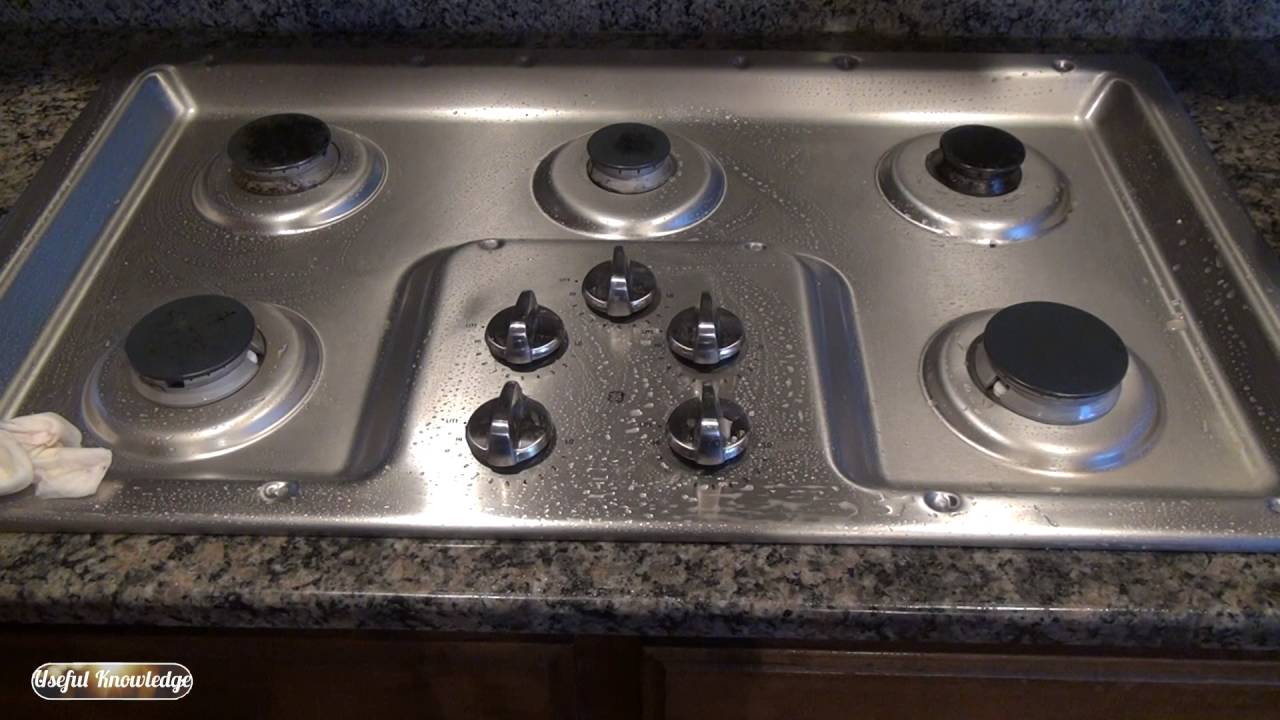
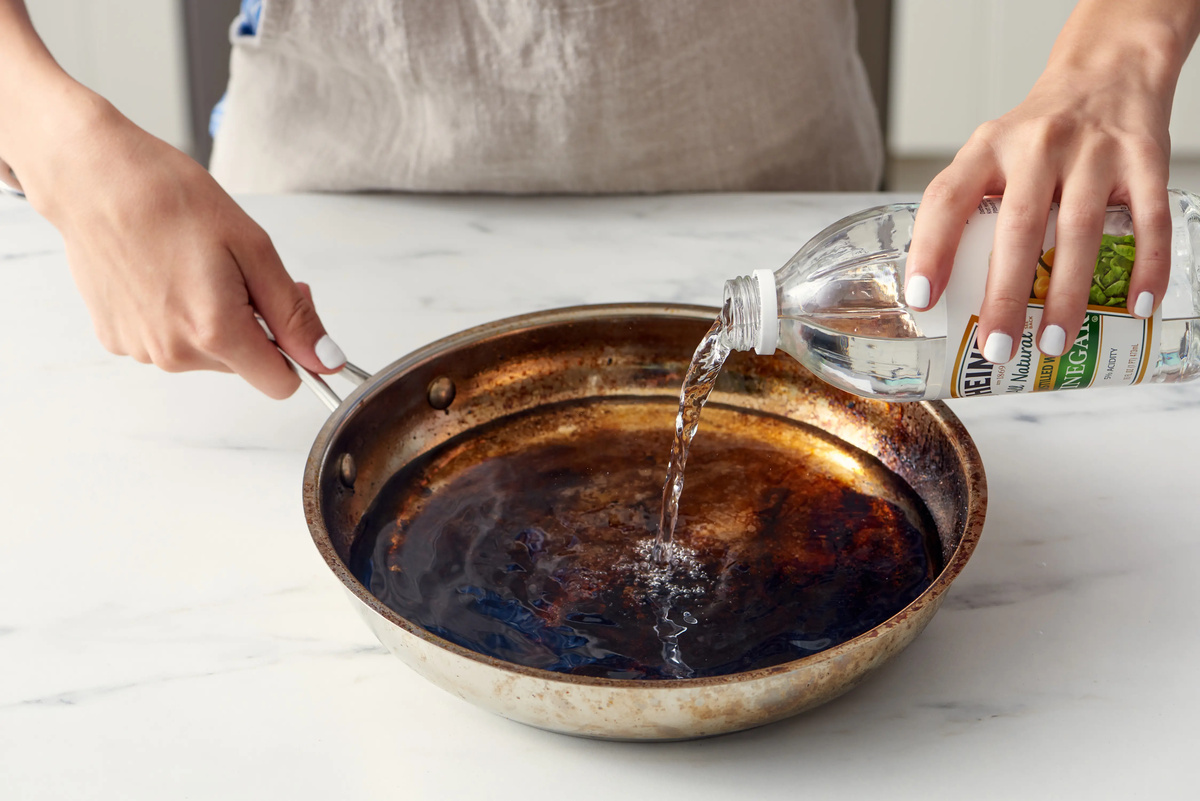
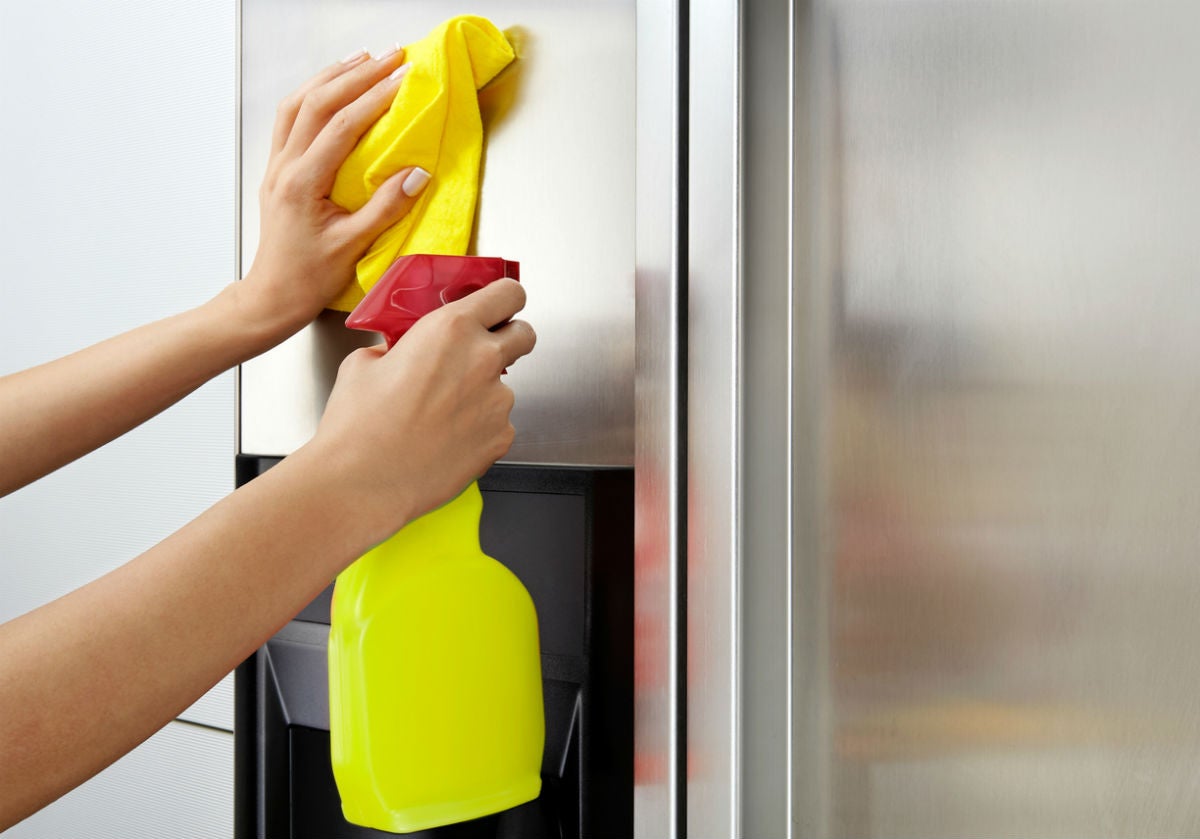
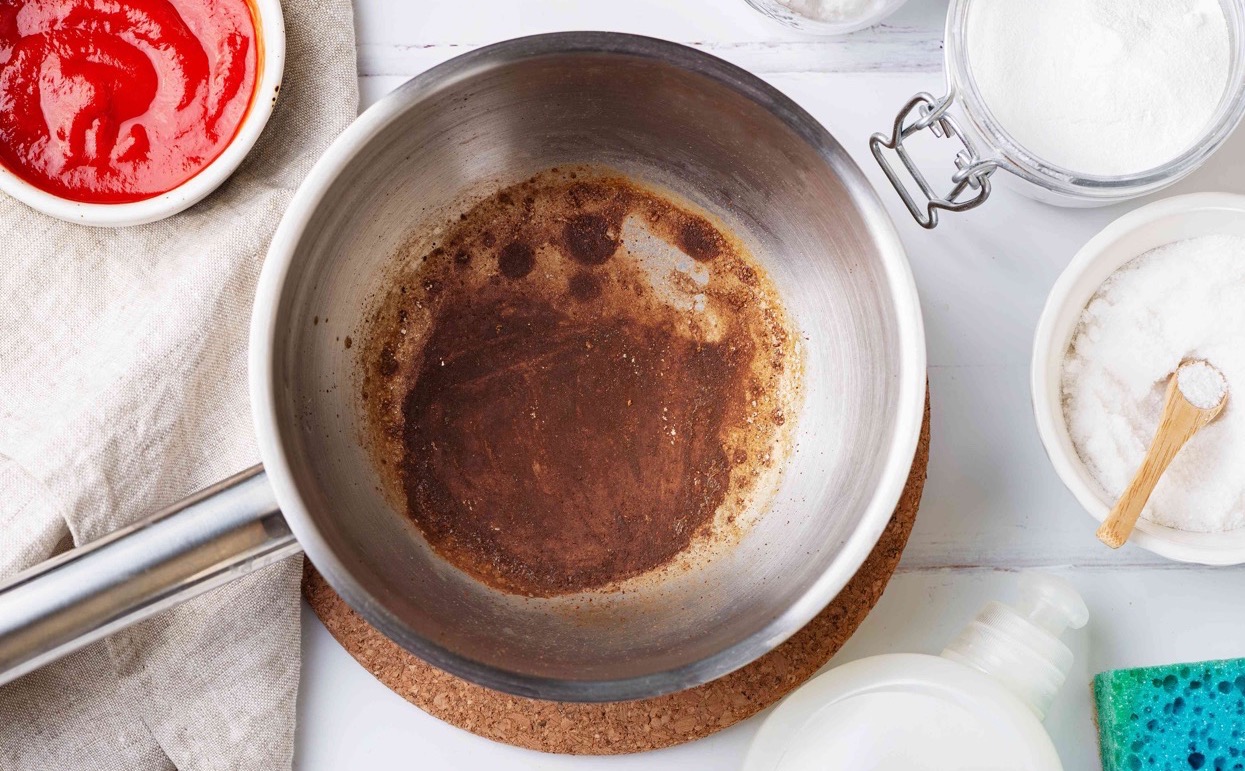
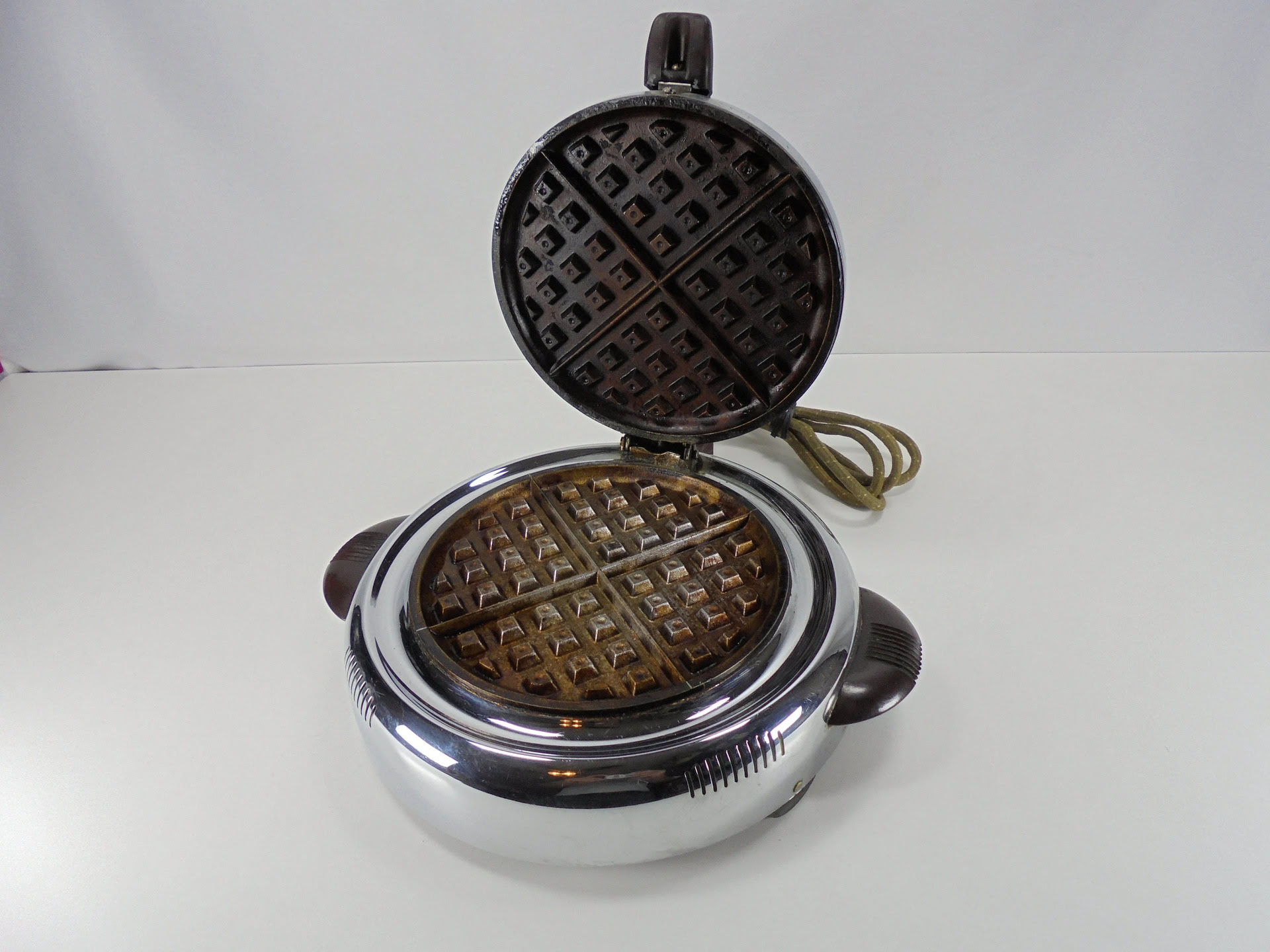
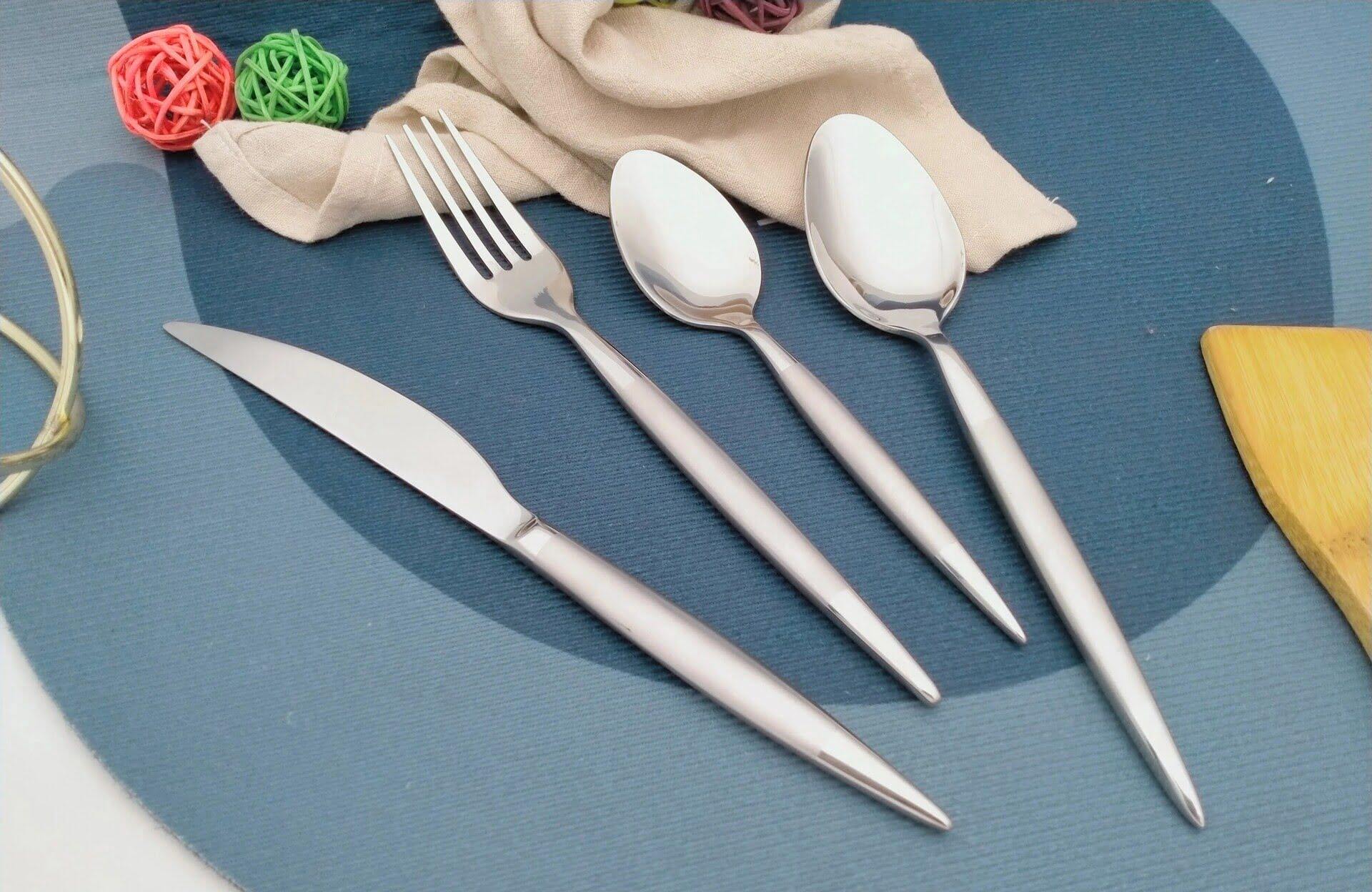
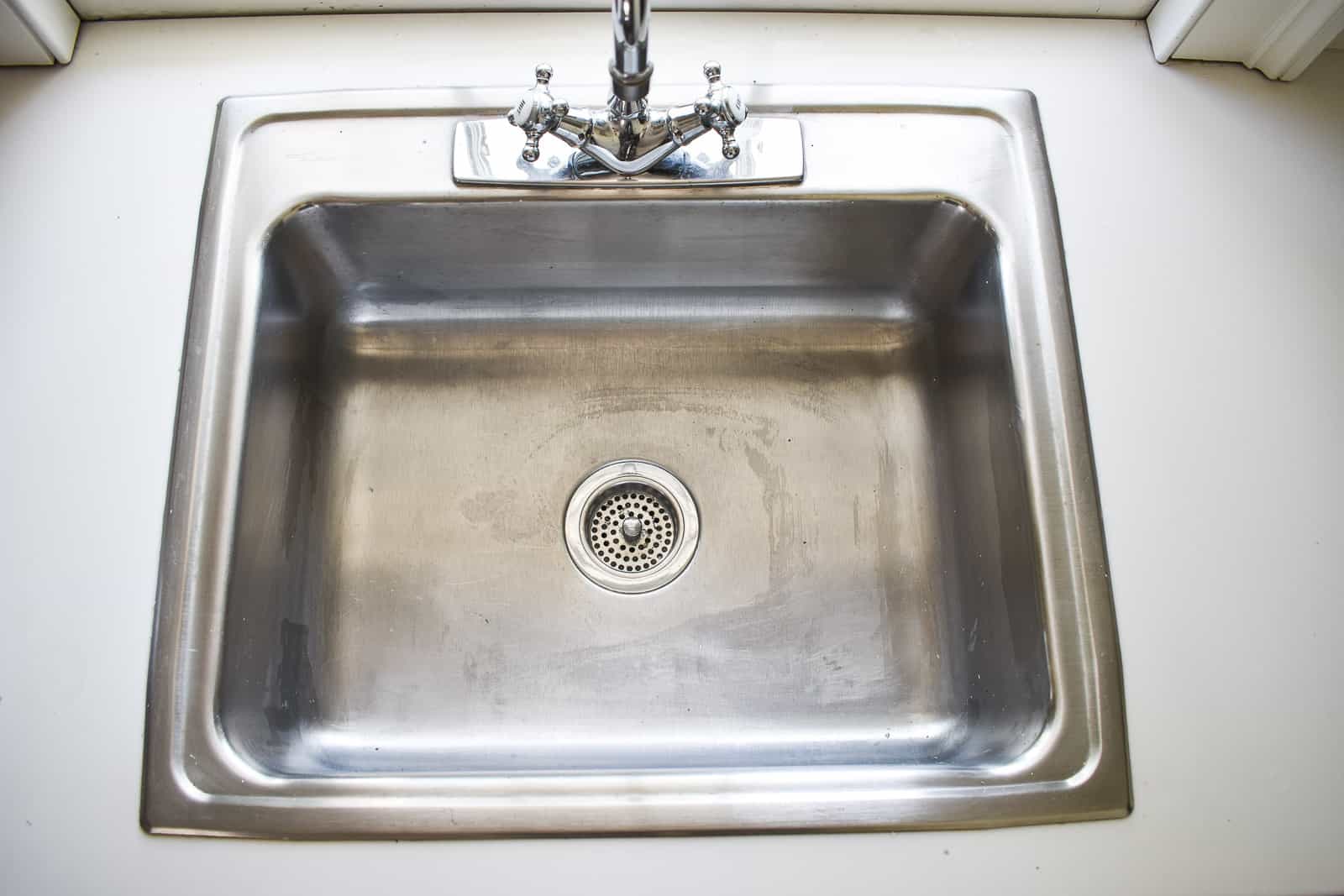
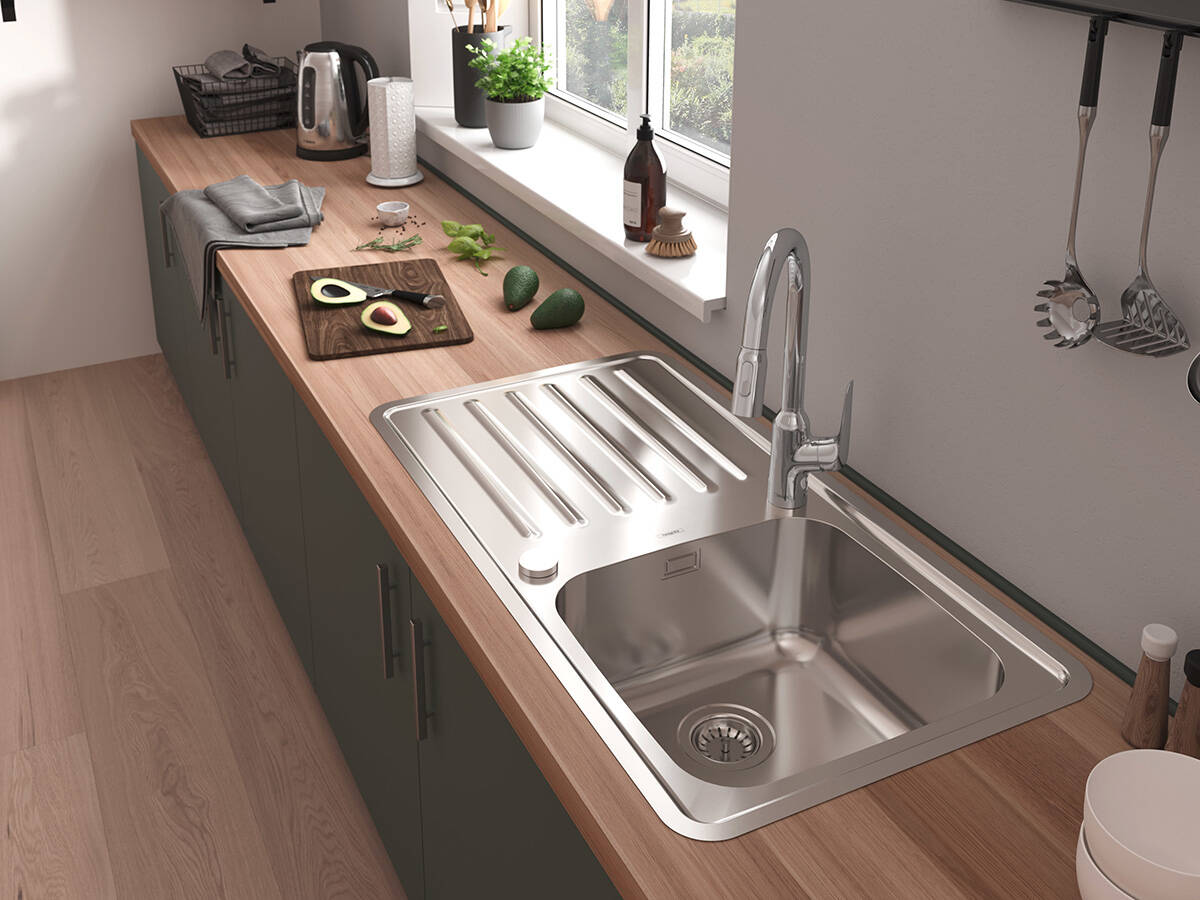
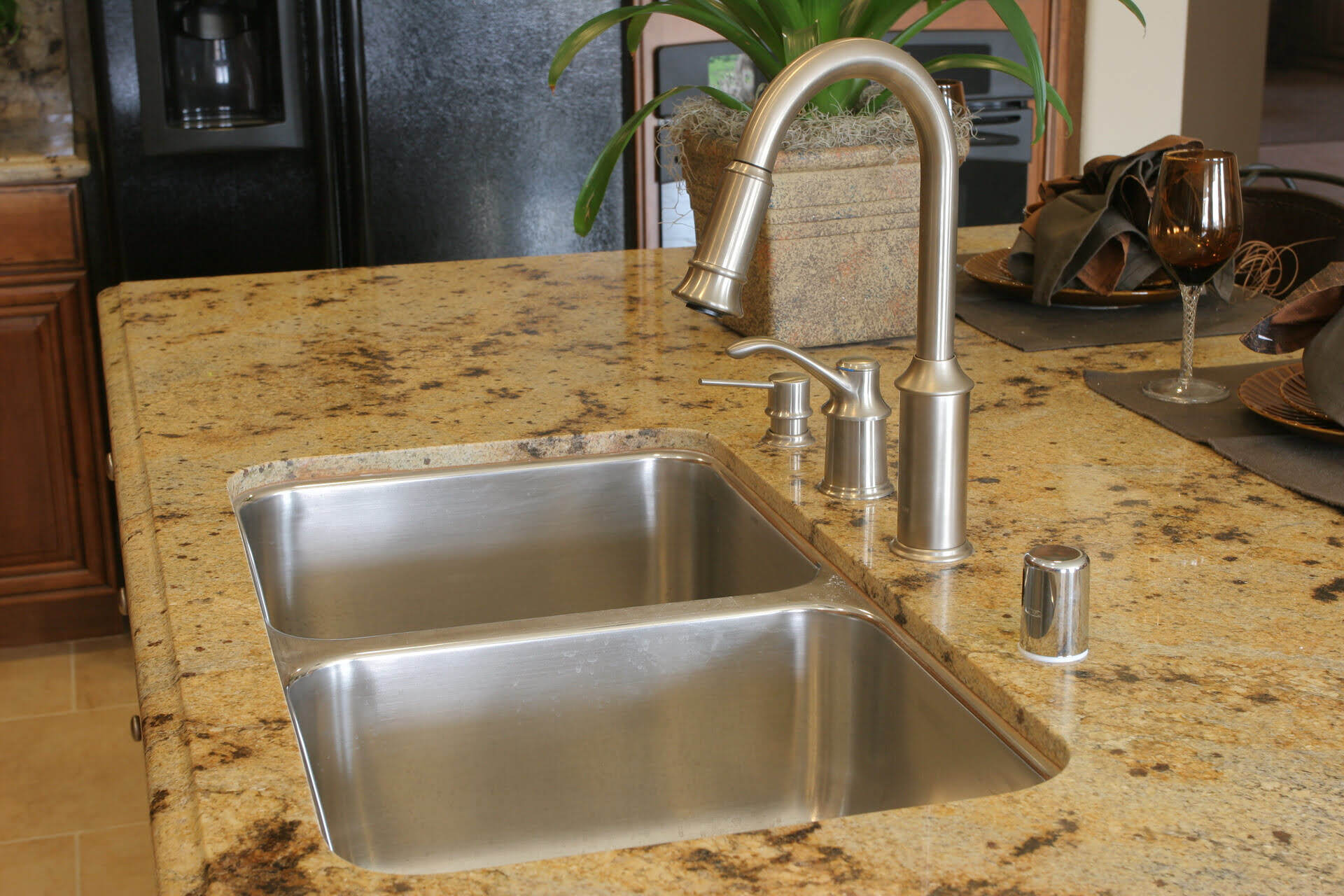


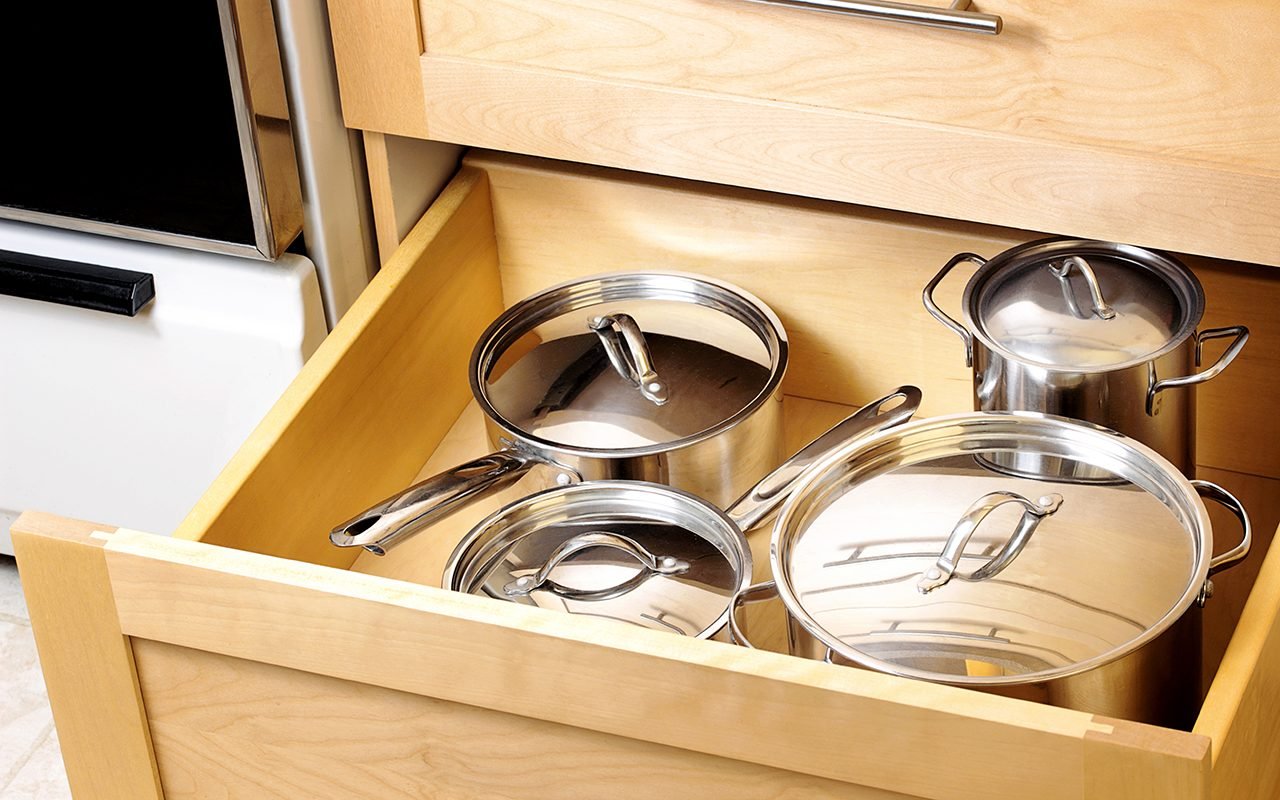
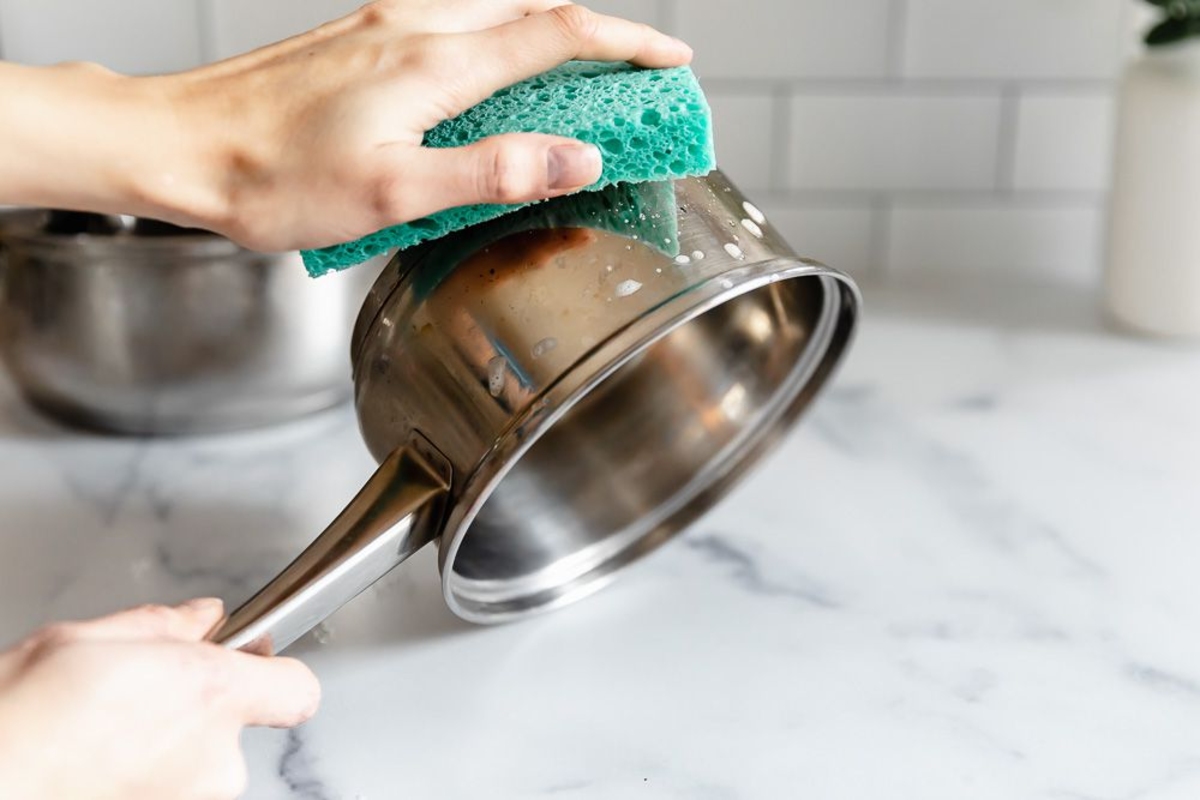

0 thoughts on “How To Clean Stainless Steel Silverware”